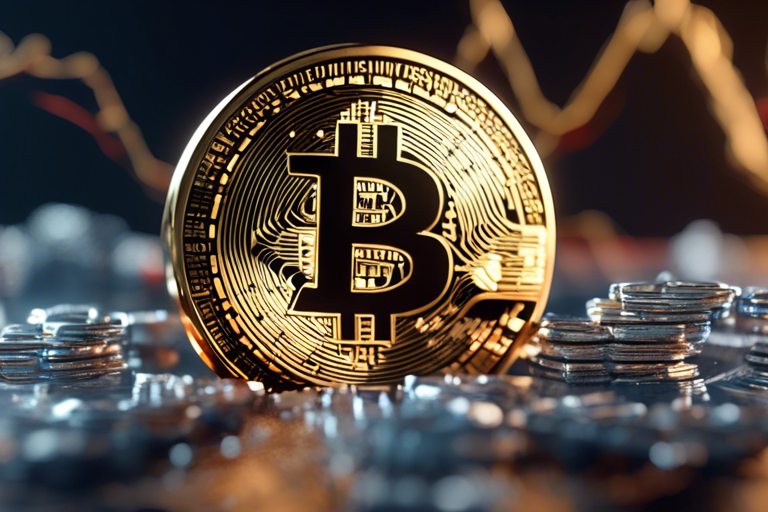Gold Demand Soars to Unprecedented Heights in Q3 🚀
In the third quarter of this year, gold demand achieved a remarkable milestone, crossing the $100 billion mark for the first time, as reported by the World Gold Council (WGC). This surge was driven by heightened geopolitical tensions and an increasing inclination towards safe-haven assets, pushing the price of the precious metal to unprecedented levels.
Significant Growth in Gold Demand 📈
According to a report from Bloomberg, total gold demand experienced a year-over-year increase of 5%, reaching a total of 1,313 metric tons. The value of this demand soared by an impressive 35%. This strong demand placed gold prices over $2,780, with gold funds attracting an influx of $3 billion just last week.
The price of gold has generally risen each month throughout this year, with only minor declines occurring in January and June when prices remained flat. The surge in demand is largely attributed to geopolitical uncertainties stemming from ongoing conflicts in Ukraine and the Middle East, along with anxieties surrounding the upcoming U.S. Presidential election.
Gold ETFs Join the Rally 📊
Recently, gold exchange-traded funds (ETFs) listed in Western markets joined the upward trend, witnessing inflows of 95 metric tons during the quarter. This marks the first net inflows since early 2022. Although the WGC expresses uncertainty regarding the continuation of ETF demand in the fourth quarter, it hints that ongoing cuts in Federal Reserve rates could attract sustained interest from investors.
Traditional Demand Faces Challenges ⚠️
Conversely, various traditional aspects of gold demand are experiencing slower growth or even declines. For instance, investment in gold bars and coins dropped by 9% year-over-year. This decrease is largely due to reduced demand from China and the Middle East, while India is thriving with strong interest in gold bars and coins, especially following a reduction in import duties.
The consumption of gold jewelry also saw a year-over-year decline of 12%. However, the value of jewelry demand increased by 13%, surpassing $36 billion. Additionally, central banks slowed their gold purchases by 8% in the third quarter to 186 metric tons. This slowdown seems to be a reaction to the sharp increase in gold prices, leading to a temporary halt in buying.
Central Banks Continue to Show Interest 💰
Despite certain declines, overall demand for gold remains historically high, approaching levels noted at the outset of Russia’s invasion of Ukraine in 2022. Among the leading gold purchasers are central banks from countries such as Poland, Hungary, and India, indicating a sustained global interest in gold as a reliable asset.
Hot Take: The Future of Gold Demand 🌟
The surge in gold demand this year highlights significant shifts in global economic trends and geopolitical climates. Investors and analysts alike are keeping a close watch on how these factors will evolve and shape the future landscape of the gold market. Amidst these changes, the enduring interest from central banks continues to affirm gold’s status as a fundamental component of a diversified economic strategy.





 By
By

 By
By


 By
By